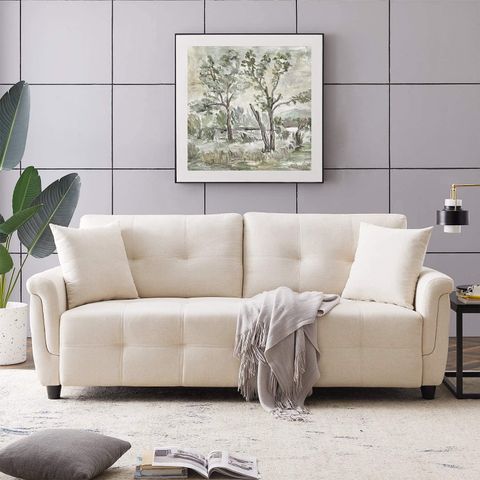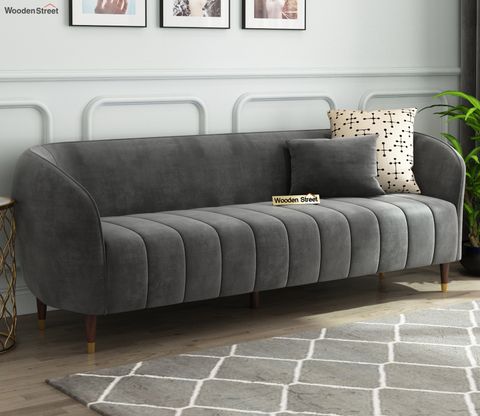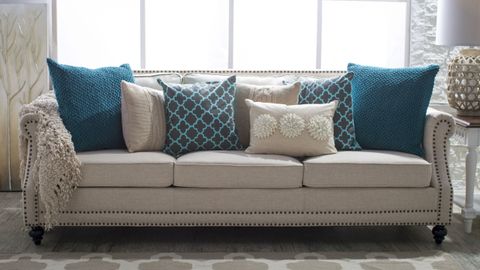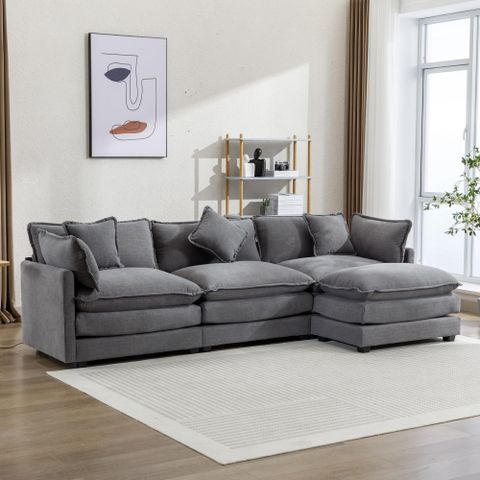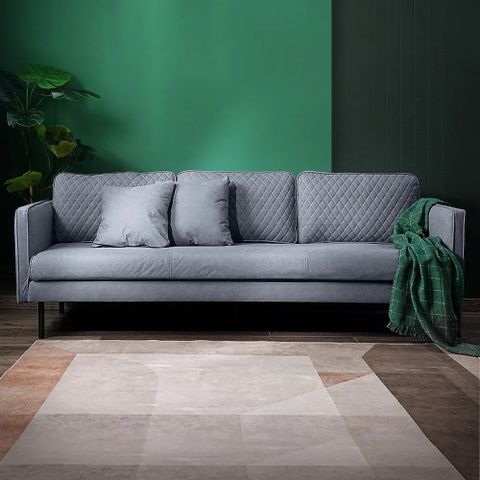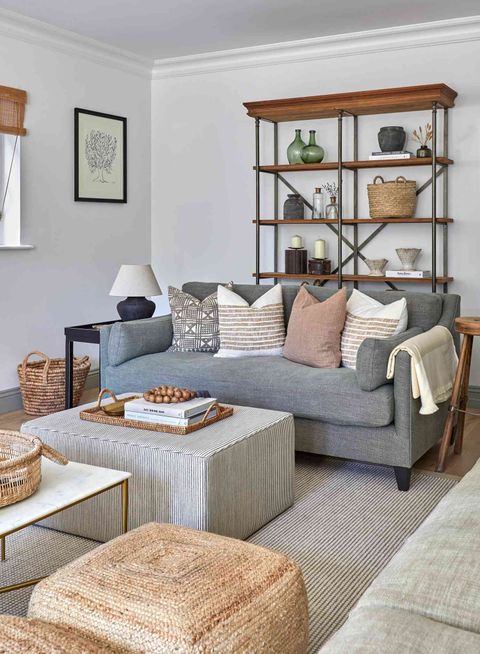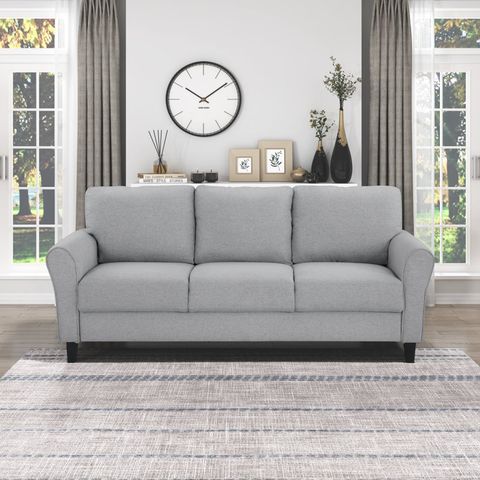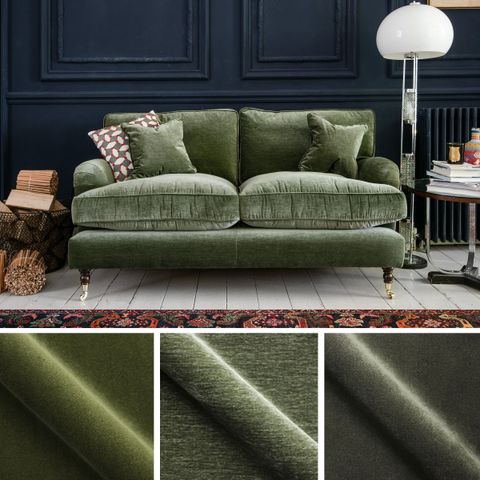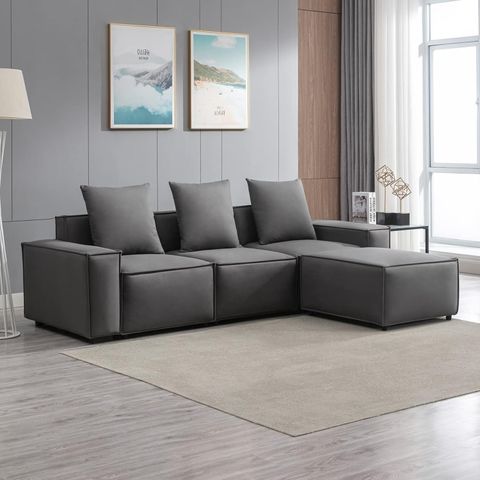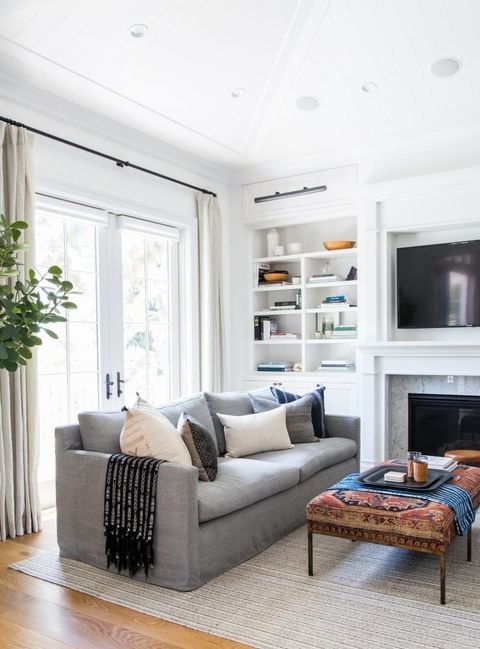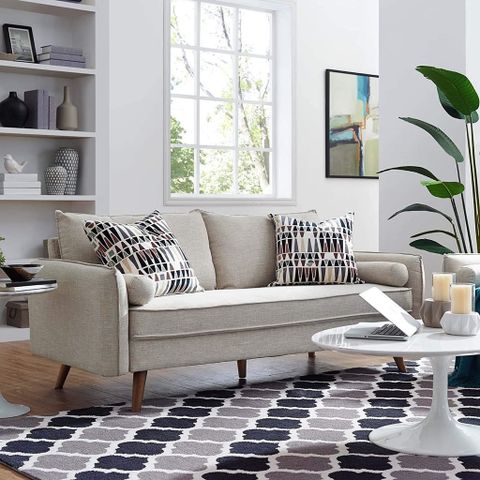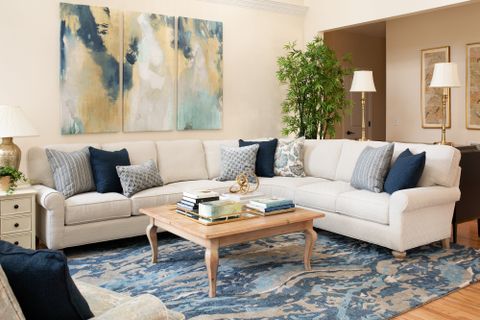So, you’re in the market for a new sofa. Exciting, right? But amidst all the styles and colors, have you stopped to consider what’s inside? Understanding sofa construction is the key to getting a piece of furniture that not only looks good but also lasts. This isn’t just about avoiding a bad purchase; it’s about making a smart investment in your comfort and your home. And, let’s face it, a well-built couch is a joy to sink into after a long day. So, let’s dive in and decode the essentials to help you choose wisely and get a sofa that stands the test of time, and, maybe, even becomes a family heirloom.
We often get caught up in the aesthetic – the fabric, the color, the shape. And that’s fine; it’s important. However, the true measure of a sofa’s worth lies in its bones – its construction. Think of it like building a house; a beautiful facade is pointless if the foundation is weak. A poorly constructed sofa will sag, squeak, and generally fall apart within a few years. A well-made one, on the other hand, can provide comfort and support for decades. This guide will break down the critical elements of sofa construction, empowering you to make an informed decision and find a sofa that’s built to last. We’ll look at the frame, the springs, the cushions, and the fabric. Ready to become a sofa construction expert?
The Frame: The Foundation of Your Comfort
The sofa frame is the skeleton – the structural heart of your couch. It’s what everything else is built upon. So, what should you look for?
- Wood Type: Solid hardwood frames (like kiln-dried oak, maple, or ash) are the gold standard. They’re durable and resist warping. Avoid softwood frames (pine, fir) unless they are reinforced. Consider asking the salesperson about the type of wood used in the frame.
- Joinery: How the frame pieces are put together makes a huge difference. Look for joints that are:
- Corner-blocked: Wood blocks are glued and screwed into the corners, adding significant strength.
- Dowelled: Wooden pegs (dowels) are inserted into pre-drilled holes, creating a strong and stable connection.
- Mortise and tenon: A very strong joint where a projecting piece (tenon) fits into a corresponding hole (mortise).
- Avoid: Frames that are stapled or glued without additional reinforcement. These are often less durable and prone to coming apart.
- Legs: Are they part of the frame or attached separately? Integrated legs are generally stronger. If they’re attached, ensure they’re securely screwed or bolted into the frame, not just glued.
Springs: The Bounce and Support
Springs provide the ‘give’ and support that make a sofa comfortable. There are a few main types you’ll encounter:
- Eight-Way Hand-Tied Springs: This is considered the premium option. Skilled craftspeople tie each spring to its neighbors and to the frame, creating a network that distributes weight evenly and provides excellent support. It’s labor-intensive, and you’ll often find it in higher-end sofas.
- Sinuous (or S-Shaped) Springs: These are zig-zag shaped wires that are attached to the frame. They’re a more affordable option, offering decent support, but can sometimes feel less supportive than eight-way hand-tied springs. Make sure they’re closely spaced for better support.
- Drop-in Coil Springs: These are pre-assembled units that are dropped into the frame. They can provide good support, but the quality varies greatly depending on the coil gauge and construction.
- Consider the Gauge: The gauge refers to the thickness of the wire. A lower gauge number means a thicker wire and more support. Look for springs with a gauge of 8 or 9 for good durability.
Cushions: Comfort and Longevity
Cushions are where you’ll be spending most of your time, so their construction is crucial. Here’s what to consider:
- Fill Materials:
- Foam: Comes in various densities. High-density foam (1.8 pounds per cubic foot or higher) provides better support and lasts longer. Check the foam’s ILD (Indentation Load Deflection), which measures its firmness. Higher ILD means firmer foam.
- Down and Feather: Luxurious and comfortable, but requires regular fluffing. Often mixed with other materials for added support.
- Fiberfill: Typically polyester, offering a more affordable option. Can flatten over time and may require more frequent plumping.
- Cushion Cores: The core is the foundational structure of the cushion. Look for cushions with a high-density foam core, often wrapped in down or fiberfill for added comfort.
- Cushion Covers: Removable, washable covers are a huge plus for easy cleaning. Look for quality zippers and durable fabrics. Consider the cushion shape: Boxed cushions are generally more tailored, while T-cushions provide a more relaxed look.
Fabric: The Face of Your Sofa
The fabric determines the look, feel, and durability of your sofa. Here’s what to think about:
- Fabric Type:
- Performance Fabrics: Specifically designed for stain resistance, durability, and easy cleaning. Great for families and high-traffic areas. Examples include microfiber, Crypton, and Sunbrella.
- Natural Fabrics: Cotton, linen, and wool offer a luxurious feel but can be more prone to stains and wear.
- Synthetics: Polyester, nylon, and acrylic are often more durable and easier to care for than natural fabrics.
- Abrasion Resistance: This is measured in ‘double rubs.’ The higher the number, the more durable the fabric. For heavy use, aim for at least 30,000 double rubs.
- Colorfastness: How well the fabric resists fading from sunlight. Look for fabrics with good UV resistance, especially if your sofa will be exposed to direct sunlight.
- Pattern Matching: On patterned fabrics, ensure the patterns are well-matched at seams. This indicates quality craftsmanship.
Additional Considerations: Details That Matter
Beyond the core components, pay attention to these details:
- Seams: Straight, even seams indicate good construction. Look for double-stitched seams for added durability.
- Welt Cords: These are decorative cords that often run along the seams. They add a polished look and can help to protect the seams from wear.
- Warranty: A good warranty can give you peace of mind. Read the fine print carefully to understand what’s covered and for how long.
- Test it Out: Before you buy, sit on the sofa and test it. Does it feel comfortable? Does it support your weight well? Does it squeak or wobble? Get a feel for it; you’ll be spending a lot of time there.
- Read Reviews: See what other customers are saying about the sofa and the manufacturer. This can provide valuable insights into the quality and durability of the piece, and the company.
Making the Right Choice: A Summary
Choosing a sofa is a big decision, but armed with this information, you can make an informed choice that you won’t regret. Remember to consider the frame, springs, cushions, and fabric. Don’t be afraid to ask questions and examine the sofa closely. A well-built sofa is an investment in your home and your comfort – and a place where you can relax after a long day, or curl up with a good book. Taking the time to do your research will pay off with a sofa that you can enjoy for years to come. Happy sofa hunting, and may your new couch bring you many years of comfort and joy; and your home the beauty it deserves.
Choosing a sofa is more than just picking a pretty piece of furniture. It’s about understanding the engineering, the materials, and the craftsmanship that go into creating a piece that will become a central part of your home. By considering the frame, springs, cushions, and fabric – and by not being afraid to ask questions – you can make a smart, and hopefully, a lasting investment. Remember, a well-constructed sofa is not just a place to sit; it’s a place to relax, connect, and make memories. So, take your time, do your research, and choose wisely. You’ll be glad you did, and your back will thank you too. And, who knows, maybe your new sofa will become a treasured part of your life and your family’s life for years to come, and even be passed down to the next generation. Happy sofa shopping, and enjoy the comfort.

